Mem's Journey to Scotland
On Friday morning, after arriving at the wrong ferry terminal, we managed to find our way to Hoy. Parked in Rackwick, we were two of very few people making the three hour round walk to Old Man of Hoy. The sky was clear, the ocean was beautiful, and we found the giant rock stack, poking up above a cliff edge. The Old Man itself is 137m high. We tiptoed as close the cliff edge as we dared, and took in the horizontal rock stack, from both the cliff edges. The Old Man peered over our shoulders, as we sat on a flat rock to eat a cold Mexican “hot” pot, before we walked back over the treeless coastline. Although there are no trees in Orkney, the landscape on Hoy was rich with heather, bracken and lichens. There are mountain hares aplenty, as evidenced by the number of warren holes we walked over. We saw quite a few hares on the mainland, but not on Hoy. They look a little magical in the moonlight. I won't mention what they look like in headlights, it's not so pretty.
Mem Davis
36 chapters
16 Apr 2020
21st - 24th October
October 24, 2016
|
Orkney
On Friday morning, after arriving at the wrong ferry terminal, we managed to find our way to Hoy. Parked in Rackwick, we were two of very few people making the three hour round walk to Old Man of Hoy. The sky was clear, the ocean was beautiful, and we found the giant rock stack, poking up above a cliff edge. The Old Man itself is 137m high. We tiptoed as close the cliff edge as we dared, and took in the horizontal rock stack, from both the cliff edges. The Old Man peered over our shoulders, as we sat on a flat rock to eat a cold Mexican “hot” pot, before we walked back over the treeless coastline. Although there are no trees in Orkney, the landscape on Hoy was rich with heather, bracken and lichens. There are mountain hares aplenty, as evidenced by the number of warren holes we walked over. We saw quite a few hares on the mainland, but not on Hoy. They look a little magical in the moonlight. I won't mention what they look like in headlights, it's not so pretty.

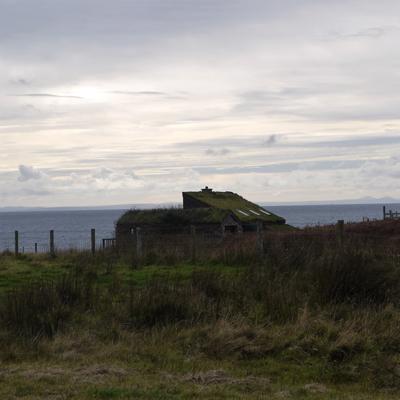
As we had the car with us, we drove down to Cantick Head. We’d been told this was a good place to spot whales, and sat down for a while on a picnic blanket, squinting at the ocean hopefully. We had no luck, and so took a stroll past the lighthouse to the head of the island, through long grass which lay flat from the wind. It was cold, and no sign of a whale appeared. Next time I think binoculars could be a worthwhile investment.
Eight o’clock at night, we arrived in the original croft home of John and Lynn, storytellers and Orkney enthusiasts. We sat around a real peat fire, and over two hours, were drawn into the world of selkies, Finn men and oral tradition. Lynn told the story through voice, movement, and pure magic. The whole room was captivated, as her hands flowed and we learned of the myths and legends of times long passed. Stories told from generation to generation, we watched her tend the fire, blow ashes from the teapot, and incorporate superstitions and folklore into another world, into which she talked us. Walking outside later felt like walking into another world, so real was world she'd wrapped us in.
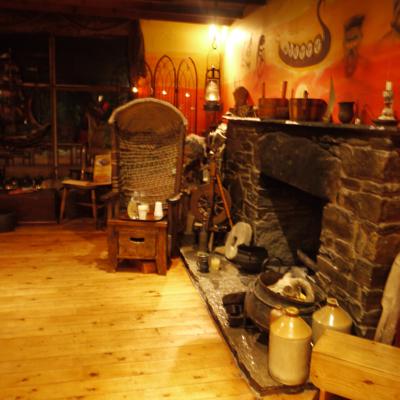

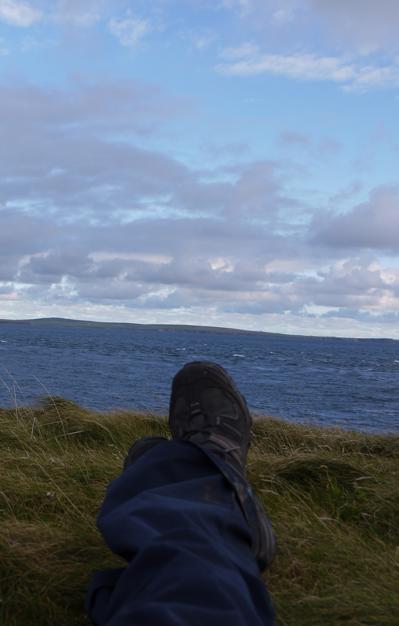
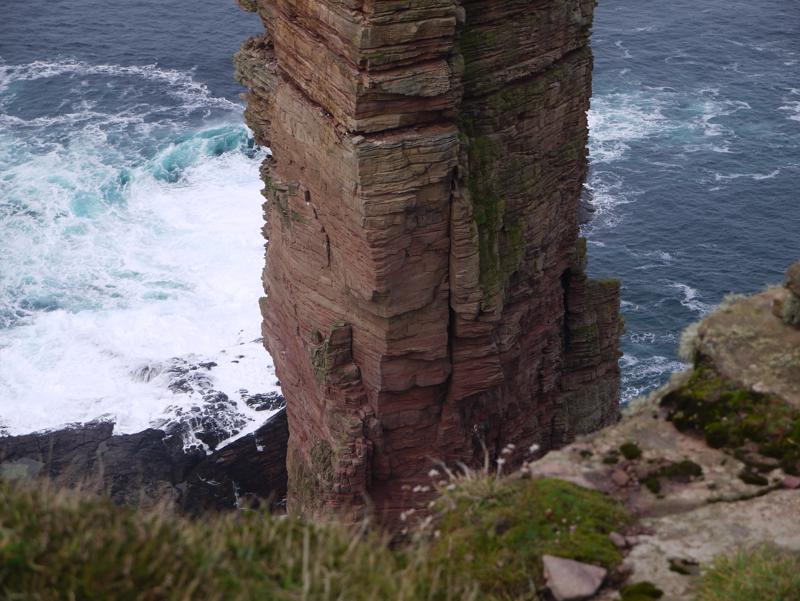
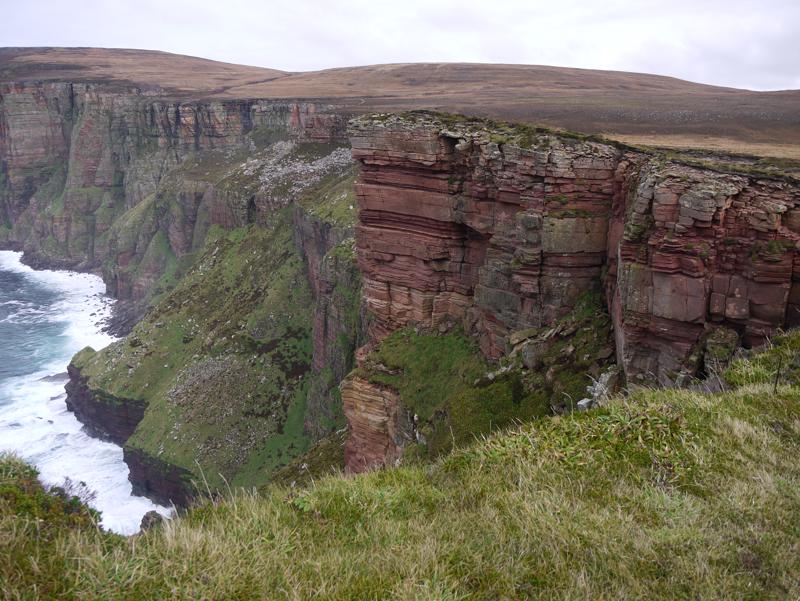
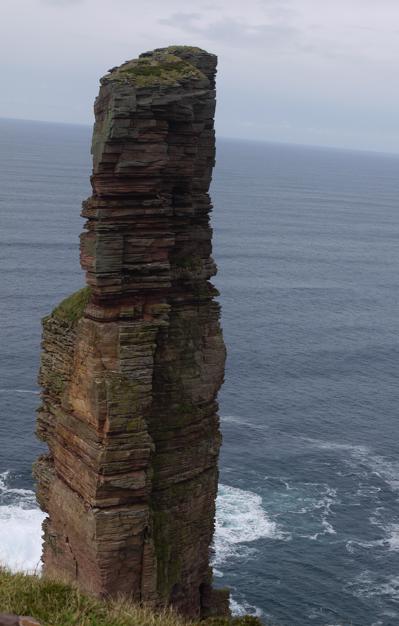

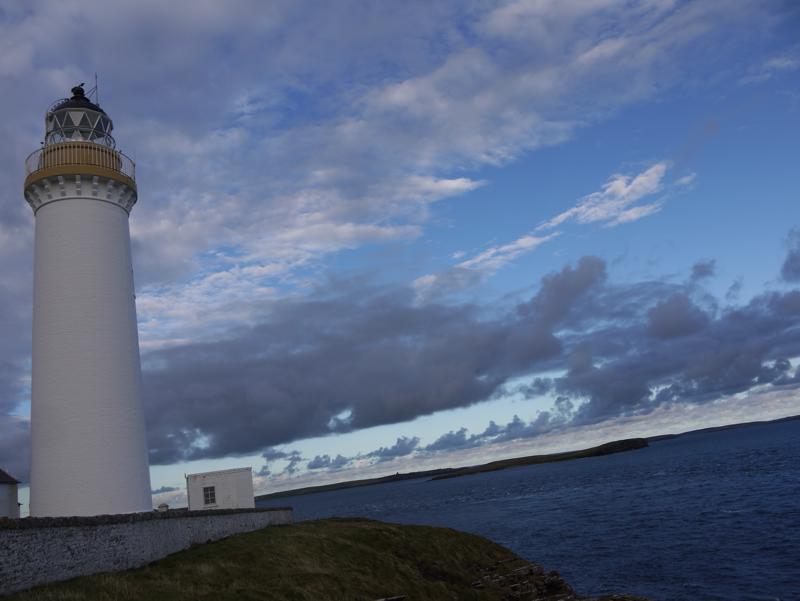
We’d known that there was to be a meteor shower that night. Outside, it was a clear night. John turned off the house lights, and Helen and I stood by the car for a long time. Between us, we saw three showers, and a shooting star. Orkney was probably one of the best places to be, for viewing such an event. We watched the milky way, and could see the blur of other galaxies amongst countless stars. Suddenly, I felt something brush against my leg, and as I jumped, I saw a black cat softly walking by. I’m not superstitious about black cats, but after a night such as the one we were having, it made my heart beat a little faster!! We called it a night and went back to our caravan, buzzing from a magical evening.
Another sunny morning in Orkney, and we began with a guided tour of Maeshowe’s Tomb. Gerry, our tour guide, turned out to be a wealth of information about Neolithic history, and the islands in general.
As we walked along the path towards a great mound of grass, I could never have guessed how much ancient history could be contained within.
Maeshowe is a dome shaped structure, built with local flagstone. The pieces are large, some so large they formed a ceiling for the enclosed chamber. They are staggered towards the top, where they would have originally formed a high domed roof. The roof caved in as a result of Viking invaders using it as an entrance, and a new roof was built by the Victorians, many years later. As a testament to the Neolithic builders, the original roof is said to have been more watertight than the Victorian replacement. The entire structure was originally watertight, having been sealed with a local clay. In an additional surprise, the entrance contains a stone which functioned as a door. It was a heavy square stone, sitting on a swivel stone, which turned to seal all but the top section of the entrance. This may have changed the flow of sunlight, or acted to keep airflow inside, but most impressive was the fact that this “door” still worked, almost five thousand years later.
The flow of sunlight is most important to Maeshowe. The sun at Winter solstice lines up perfectly with the entrance, and flowed along the low passageway, into the room, and into the chamber opposite the entrance. With a gradual change in the earth’s axis, the sunlight now falls slightly to the left of the chamber. Maeshowe is also in perfect alignment with the Barnhouse Standing Stone, and the opening of the paired stones at Stenness. Not just a coincidence, but the significance of this to an ancient culture is still largely unknown.
There are four standing stones in each "corner" of the internal structure, although none of them hold any structural significance. It is unknown as to whether the tomb was built around them, or they were moved to become part of it. Also inside the mound, are three chambers, with stone platforms, thought to be used to lay out bones of the dead, for ancestral worship. Along the walls, shown by
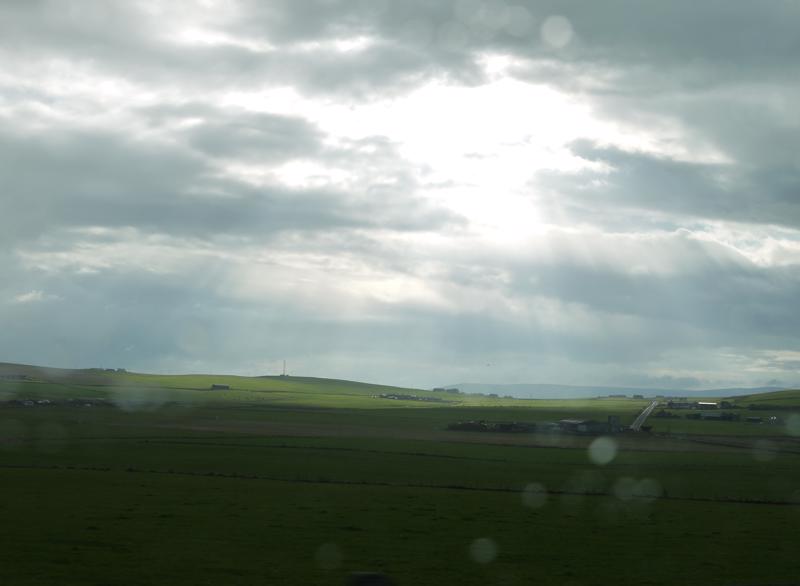
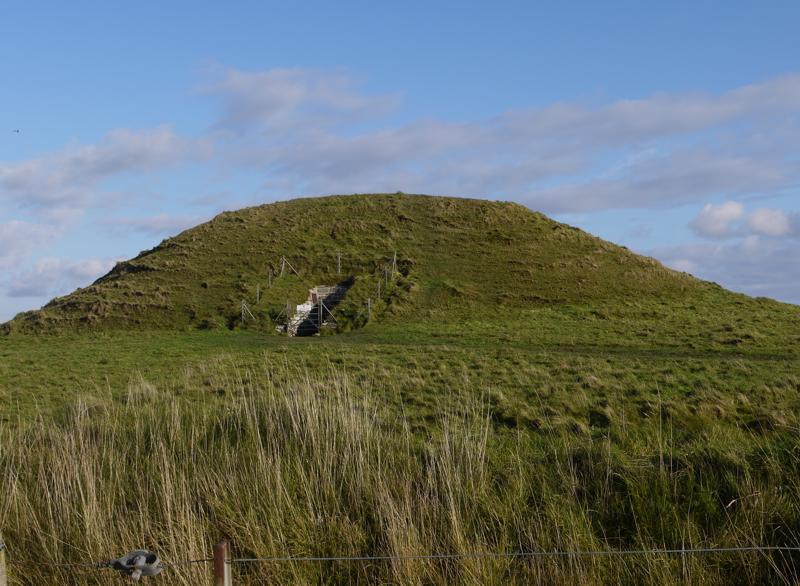

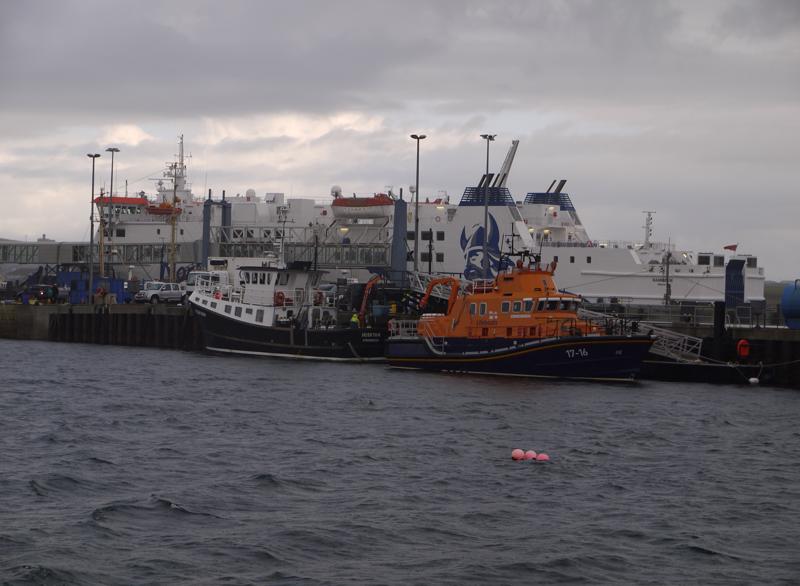
torchlight, is Viking graffiti. Our guide read some of it out, most of it an ancient version of modern graffiti. One section of alphabetic runes, on a high stone, roughly translated to "Tholfir Kolbeinsson carved these runes high up”. Incidentally, they were carved high above the entrance and other inscriptions. Another complained about the nature of men (engraved by a female), and a third was engraved in two different types of runes, proclaiming the writer the most skilled at runes in the district. There are also examples of animal engravings, one appearing like a dragon, or a hybrid animal. They date back to the Viking invasions from Norway, thousands of years ago, perfectly preserved in the flagstone walls, in a ceremonial space which is hidden by a mound of grass. Amazing.
Unfortunately photography is not permitted at Maeshowe, and all I have to show other than my memory is the huge grassy hill under which it is hidden. Not a memory quickly forgotten however, and definitely a highlight of visiting Orkney.
Following Maeshowe, we met John (from the storytelling night) for a walking tour of Stromness, at the ferry port. The first thing we learned was the pronunciation of the city; “strum -niss”. John’s tour was as detailed as his information from the night before, and for a rainy, windy hour, we walked the streets of Stromness, learning about local heroes, poets, and historical figures.
The main street of Stomness is the harbour. It was built as a trading port, where the houses are built side on to the ocean, and boats would pull up, setting up their trade on the land between the houses. The main pedestrian section, behind the houses, is a narrow lane, doubling as two-way traffic for cars. It’s lined with craft shops, mostly local artists, and I fell in love with several paintings and artworks. Along the centre of the road, is a winding cobbled strip, originally used for horses as they pulled carts along the lane. One section of flagstone road had clearly visible fossils, likely seaweed. We visited
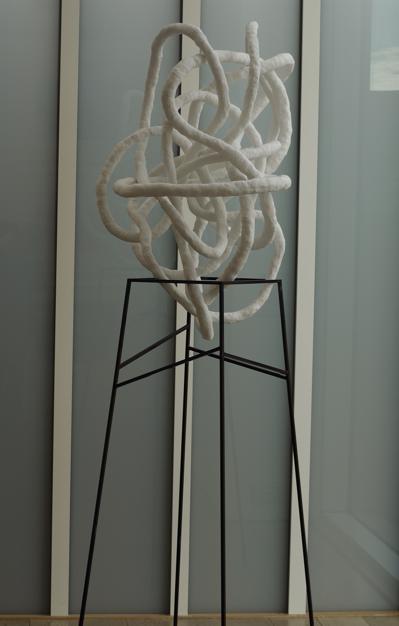

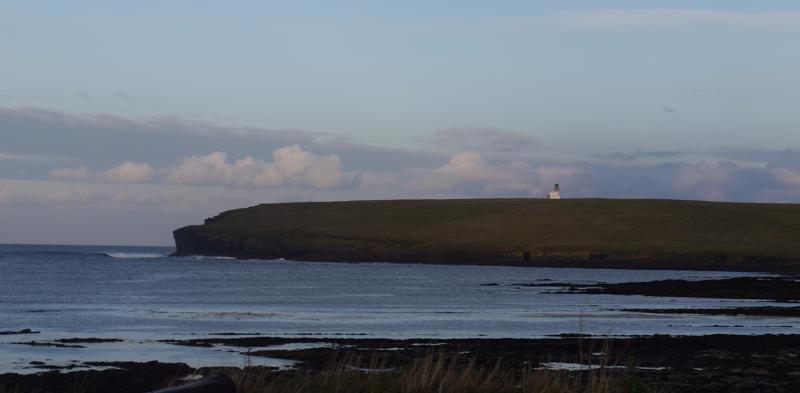
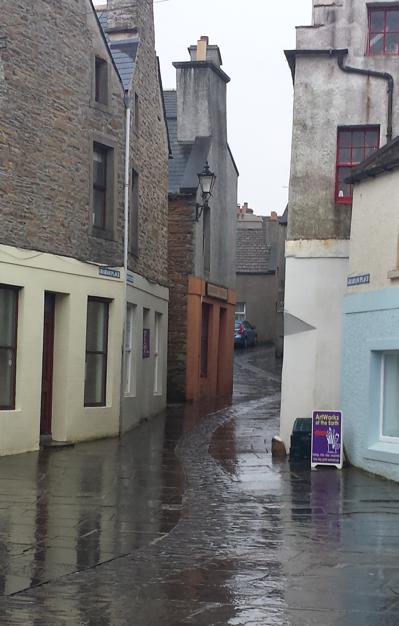
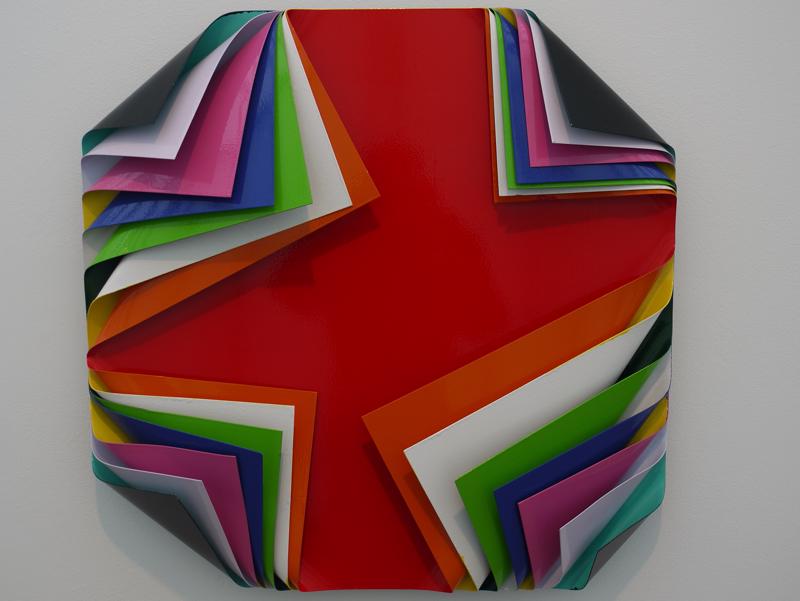
houses with stepped roofs to reduce wind damage, and a laneway known as Khyber Pass. This name is a joking reference to a very dangerous sea passage, and is a result of slippery wet stairs, a narrow passage, and any number of drunken men attempting to pass by the laneway.
Orkney has a solid history of seamen, and many were contracted to work for large fishing or whaling companies. They could be paid ten pounds a year, and more if they signed for longer. Many spent years in Northern Canada, and returned to Orkney with Native American wives. I’m told by Ewan Sutherland that there was very little racism, and both their wives and children were accepted as part of the community, which is more than many modern communities can claim.
John explained the rescue lifeboat system, entirely voluntary, where men are on call twenty-four hours a day, every day of the year. There are twelve men on call at any given time, and between five and seven will leave on a rescue mission. These are tough people out here, the ocean is unforgiving.
In typical Scottish style, the rain ceased as soon as the tour finished. We gave John our thanks, and went to wander the Pier arts centre. We’d been in briefly before the tour, and now returned to dry off and warm up. I was delighted to find several Barbara Hepworth sculptures, and a book of her drawings. She’s one of my favourite sculptors, and here was her work in Stromness, what a treat!
One cup of tea and an early return, Helen and I settled to play a boardgame, catch up on typing, and relax before a big drive home the next day.
Sunday morning, we drove back to South Ronaldsay. We stopped at the Italian Chapel on the way, a worthwhile visit! The Italian Chapel was built by Italian prisoners of war during WWII. Transforming the inside of a tin shed into a place of joy and worship, the creativity of the men was obvious and admirable. The plastered walls had been hand painted to resemble tiles, and the masterpiece behind the alter was a direct copy of an image given to the "director" by his mother, which he'd carried with him throughout the war. Years later, this man was located via a radio announcement, and he returned to Orkney to touch up his artwork, now a tourist site, and no longer a prison.
On South Ronaldsay, our intention had been to take a nature walk before the ferry. On arrival, we realised we'd had the ferry time wrong. Our nature stroll was shortened to a brief rush along the cliff edge, where we nodded to a couple of seals, bobbing around in the ocean swell below. There were crowds of birds perched on the rocks below, and the scenery was beautiful, as we'd come to expect on the islands. Back to the car, back on the ferry, and Helen braved another whole day on the road, driving us to Edinburgh. Arriving in Edinburgh felt like coming home, and I realise just how much I love this city. Orkney was a magical place to visit, I plan to return, but Edinburgh holds my heart.

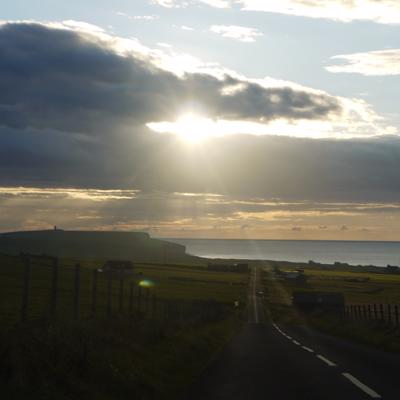
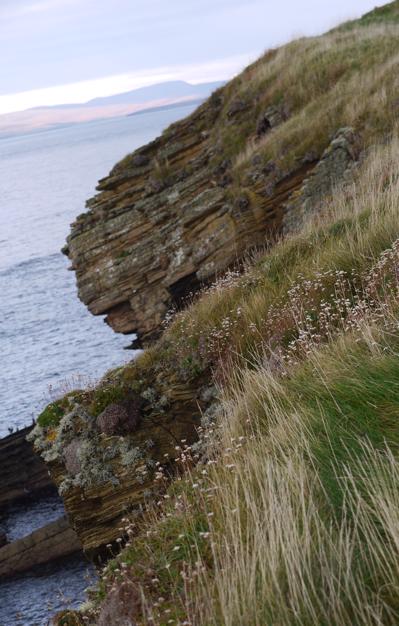
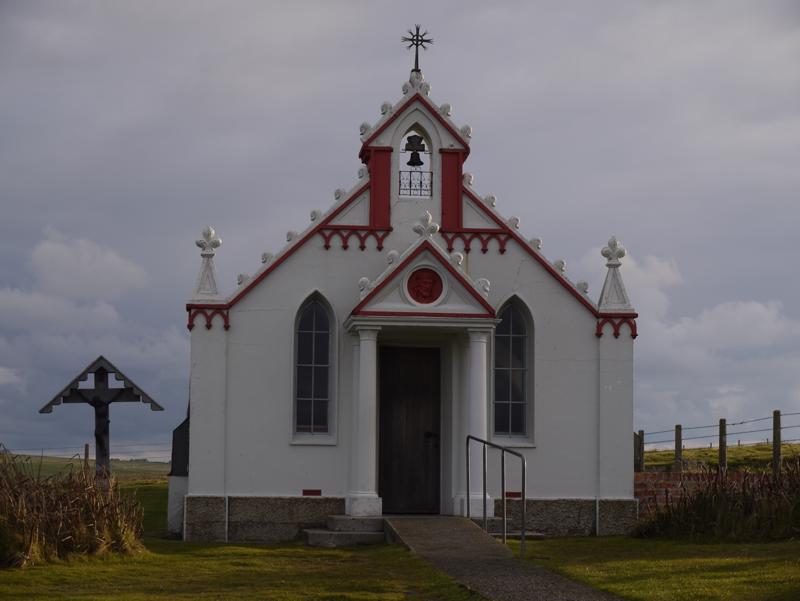
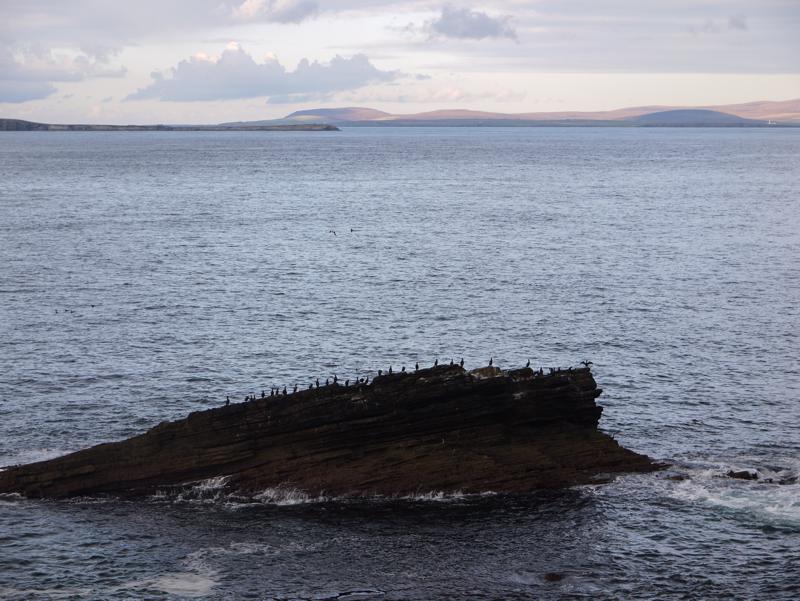
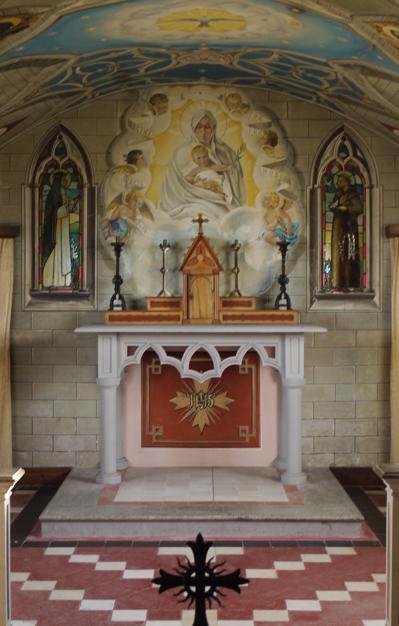
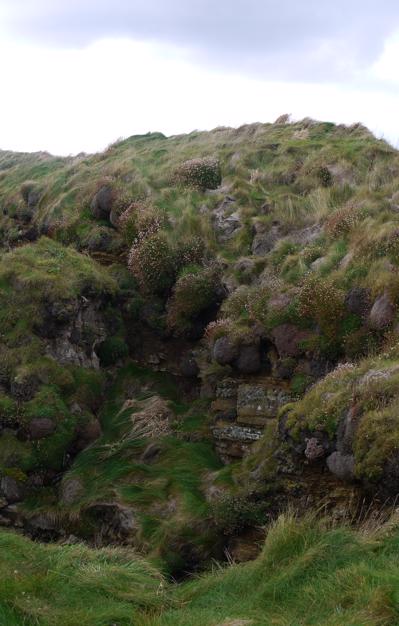
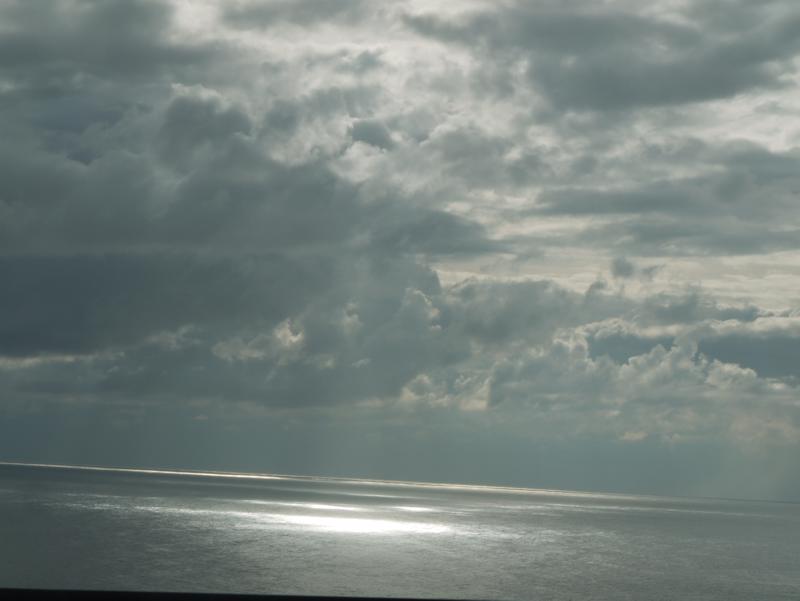
1.
The First Step
2.
The 24 hour jump
3.
12 & 13th July
4.
15th - 17th July
5.
19th & 20th July
6.
21st & 22nd July
7.
23rd - 25th July
8.
27th July
9.
29th & 30th July
10.
July 31st - August 3rd
11.
4th & 5th August
12.
6th & 7th August
13.
9th & 10th August
14.
11th - 13th August
15.
14th & 15th August
16.
16th & 17th August
17.
18th & 19th August
18.
20th & 21st August
19.
22nd & 23rd August
20.
24th & 25th August
21.
26th & 27th August
22.
28th & 29th August
23.
30th August - 21st September
24.
Part II
25.
26th - 30th September
26.
1st - 6th October
27.
7th - 12th October
28.
14th - 16th October
29.
17th & 18th October
30.
19th - 20th October
31.
21st - 24th October
32.
25th - 27th October
33.
29th - 31st October
34.
1st - 10th November
35.
11th - 16th November
36.
Homecoming
Share your travel adventures like this!
Create your own travel blog in one step
Share with friends and family to follow your journey
Easy set up, no technical knowledge needed and unlimited storage!